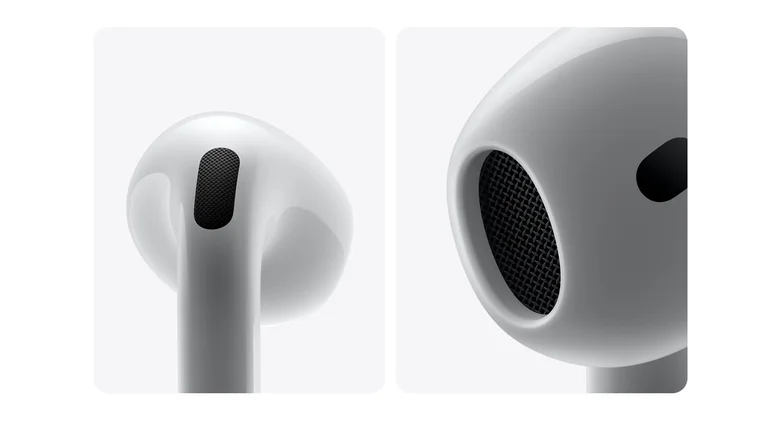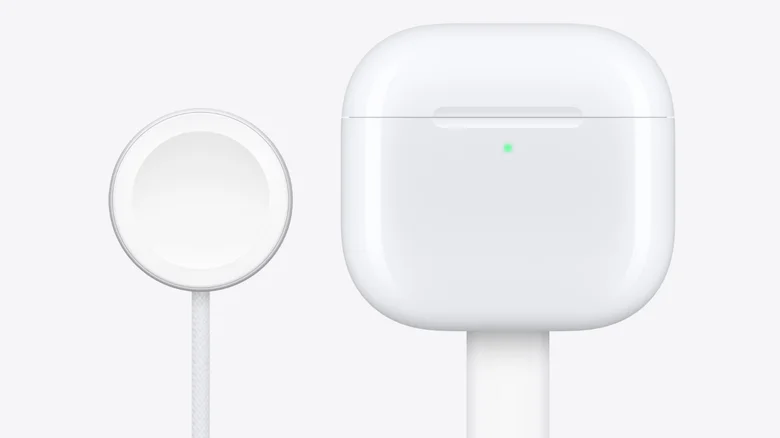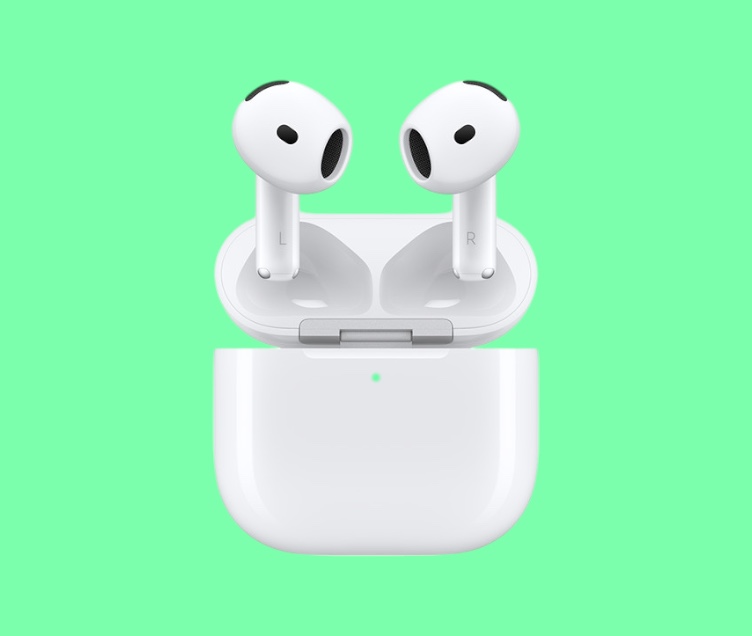Apple’s September event introduced the latest iteration of their popular AirPods, the 4th generation, offering a standard model with the new H2 chip and a version with active noise cancellation (ANC). With the 3rd generation AirPods released nearly three years ago, the question arises: Should you upgrade to the newer model?
Shared features and key distinctions
Both the 3rd and 4th generation AirPods provide a seamless user experience with a force sensor on the stem for easy media and call control. They also support spatial audio with dynamic head tracking and Adaptive EQ for personalized sound. However, the similarities end there.
A major highlight of the AirPods 4 is the availability of active noise cancellation, a feature previously exclusive to the pricier AirPods Pro. This addition broadens the appeal of the 4th generation for those seeking an immersive listening experience without breaking the bank.
While the H1 chip in the 3rd generation AirPods delivered improved connectivity and audio quality, the new H2 chip in the AirPods 4 takes it a step further. Both 4th generation models boast Voice Isolation for clearer calls, and Siri Interactions, allowing you to respond to Siri announcements with head nods or shakes.

The AirPods 4 with ANC offers even more enhancements. Transparency Mode lets you stay aware of your surroundings while enjoying your audio. Adaptive Audio intelligently blends Transparency Mode and ANC based on your environment. And Conversation Awareness automatically lowers the volume when you start talking to someone nearby.
Battery life and charging considerations
When it comes to battery life, the 3rd generation AirPods have a slight edge, offering up to 6 hours of playback (5 hours with Spatial Audio) or up to 4 hours of talk time on a single charge. With the charging case, you get up to 30 hours of playback or 20 hours of talk time. A quick 5-minute charge provides around an hour of listening.
The standard AirPods 4 offer up to 5 hours of playback on a single charge and up to 30 hours with the case. A 5-minute charge gives you an hour of listening or 45 minutes of talk time. The AirPods 4 with ANC have similar battery life when ANC is off, but with ANC enabled, it drops to 4 hours of playback on a single charge and up to 20 hours with the case.

The AirPods 4 come with a smaller and lighter USB-C charging case. The ANC model’s case also works with Apple Watch chargers and compatible Qi-certified chargers, and has a built-in speaker for easy location via FindMy.
Design and additional features
While the 3rd generation AirPods refined the previous design, the AirPods 4 sport an open-ear design for a more comfortable fit across a broader range of ear shapes. Both 4th generation models have a shorter stem housing the battery and chip, an easier-to-use force sensor, and a built-in vent system for improved sound quality and comfort.
The AirPods 4 also boast improved water and dust resistance with an IP54 rating, compared to the IPX4 rating of the 3rd generation.
The upgrade decision
If you prioritize noise cancellation and prefer Apple products, the AirPods 4 with ANC might be a worthwhile upgrade at $179. For those who don’t need ANC, the standard AirPods 4 at $129 offer a more budget-friendly option.

While the 3rd generation AirPods are no longer sold directly by Apple, they might still be available from other retailers. If budget is a primary concern, consider exploring alternative earbuds from other brands offering competitive features at lower price points.
Ultimately, the decision to upgrade depends on your individual needs and priorities. Consider factors like noise cancellation, battery life, design, and budget to make the best choice for your listening experience.





